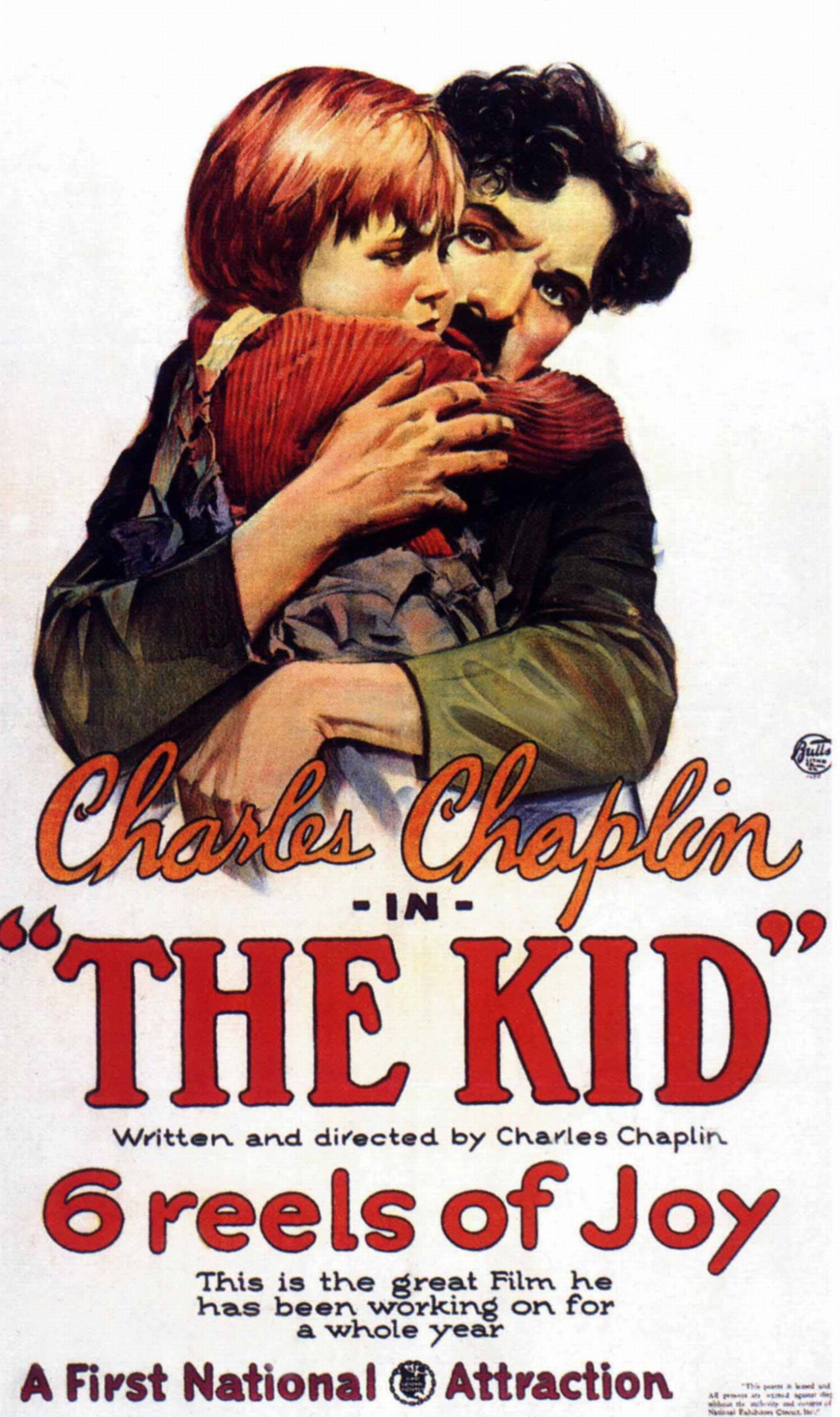
How watching Charlie Chaplin silent classic The Kid changed the life of a Hong Kong art gallery founder
- William Kayne Mukai watched The Kid as a young child in Tokyo with his family, and remembers laughing at the slapstick humour in the silent comedy
- He has watched it 15 to 20 times since, and is struck by the poignant scenes mixed in with the laughs; he says it opened him up to art in all its forms
Silent film The Kid (1921) tells the story of an abandoned child’s impromptu adoption by and life with The Tramp, the main character of its writer, director, producer and star, Charlie Chaplin.
Featuring the cinematic legend’s trademark blend of slapstick humour, pathos and social commentary, it is perhaps his most loved work.
William Kayne Mukai, the French-Japanese founder of Hong Kong contemporary art space WKM Gallery, tells Richard Lord how it changed his life.
I was pretty young when I first saw it – about five or six. My family used to rent videotapes; on weekends, that’s what we did.

I grew up in the Tokyo suburbs, and there wasn’t much to do. We would go to get the tapes on a Friday and choose what we were going to watch for the next two days. The act of watching them was such a ceremony – it’s why I have such good recall of this film.
My dad was a big Charlie Chaplin fan – I’m guessing he first watched them when he was a kid as well. This is the first film I really remember all of the family watching together, and us all laughing together.
I mainly remember the big laughs, but what’s amazing about Charlie Chaplin and The Kid is that it’s so funny, but there are so many moments in the movie that are really sad and poignant as well. I remember that combination.
I think you can always find interesting scenes in it. I love the fact that it can still make me laugh, no matter how many times I watch it. The fact that it was made in 1921 makes it even more remarkable.
It opened the door for me to really appreciate art in various forms. It’s perfect art. There’s the visual side: each individual shot is like a work of art, and then there’s the emotional attachment to the characters – and I think that art is basically that.

Now, owning a gallery, I hope when people come into it, the work there can move them like that.
Since that first time, I’ve watched it so many times on my own – maybe 15 or 20 times. The most recent was probably a year ago. I’ve got some of my friends into it. It has kind of a universal message. A mother abandons her kid and a guy just takes him under his wing, and they grow together.
The scene where they’re trying to remove the kid from him (after the authorities discover that the child isn’t The Tramp’s biological son), you almost want to fight the police with him.
The whole brilliance of it is that he can make you care so deeply, but also make you laugh even more at the funny stuff.
Now I have a kid of my own, I can relate to the film even more, and I think I had an even deeper attachment to it last time I watched it. I can’t wait to watch it with him.

